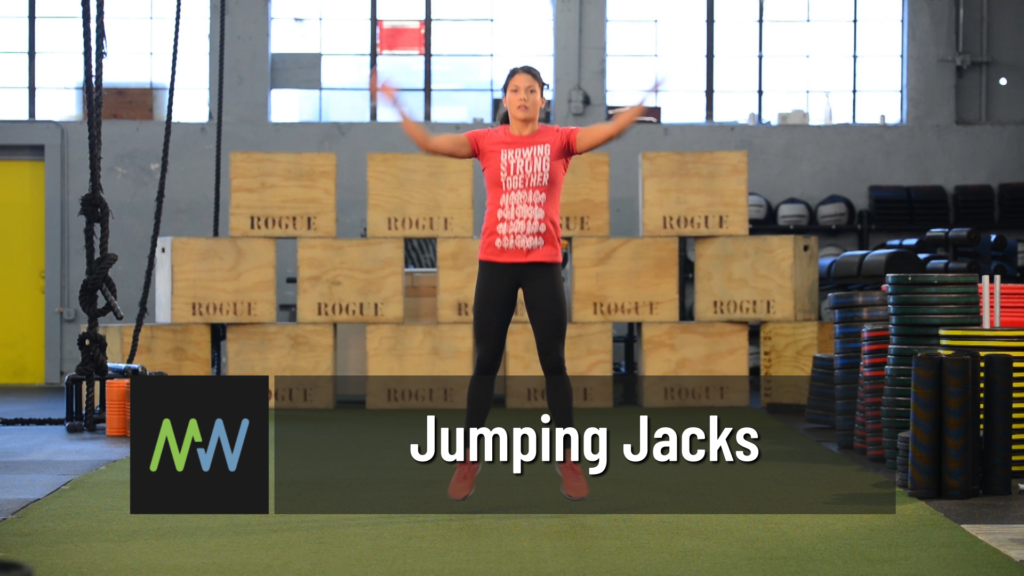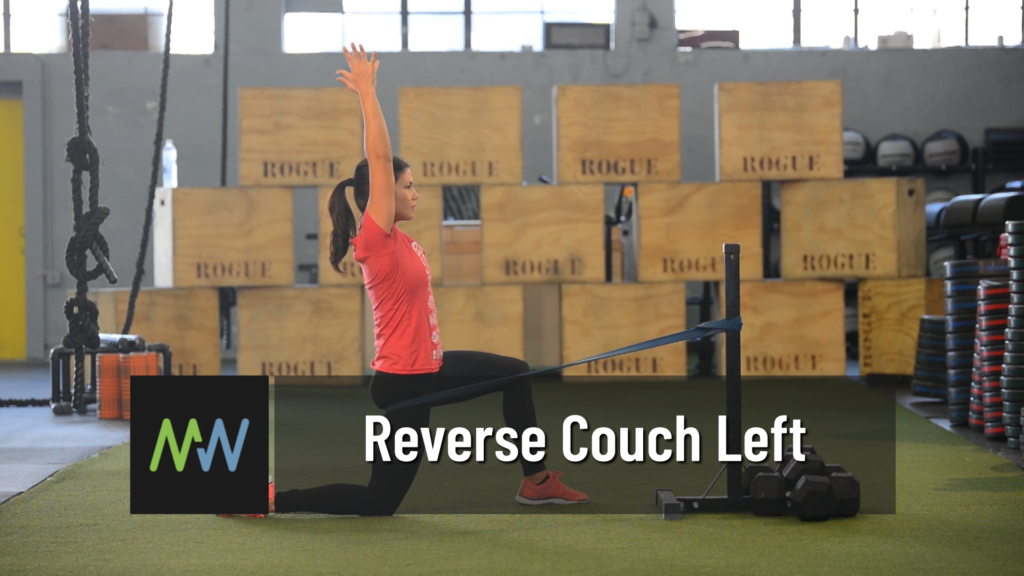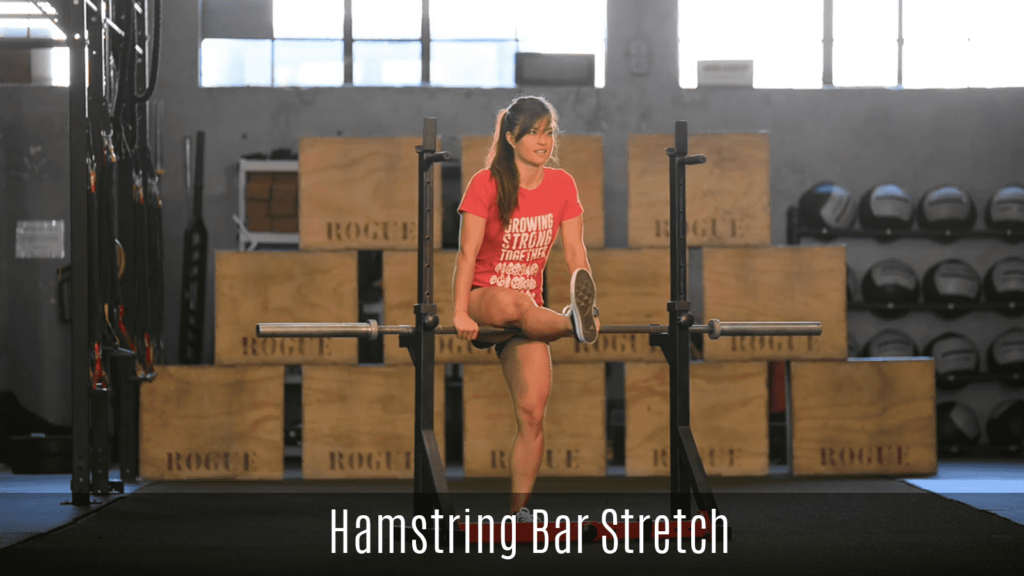The “T-Spine” is shorthand for the thoracic spine. It is the longest and perhaps the most complex part of your spinal column. It consists of 12 vertebrae running down from the base of your neck to your lumbar or lower spine. It is also the only part of your spine that connects to the rib cage and protects a complex bundle of nerves, blood vessels, and soft tissue. Needless to say, our T-spine is important and we should work hard to keep it healthy and functioning properly
Unlike the upper and lower spine which are built for movement like bending and twisting, the thoracic area of the spine functions more for stability as it supports the head and shoulders above it. Consequently, it can become stiff and inflexible throughout days spent behind a steering wheel and at the computer. Over time, an immobile thoracic spine can become the cause of poor posture, irritation, tightness, and back pain. Let’s dive a little bit deeper into the weighted T-spine movement and how it can be used to keep you pain-free.
What is the Weighted T-Spine Movement?
To perform the weighted T-spine movement, you’ll need a sturdy foam roller that is able to support your body weight. If you’re in the market for a foam roller, please check out the various reviews we have written on some popular foam rollers. You’ll also need some free space to lie on the floor.
We recommend using a yoga mat on the ground for comfort. Lie down on the yoga mat with your knees bent and your feet flat on the floor. Once you have assumed this position, take your foam roller and place it under the middle of your back.
Slowly, and with control, lay yourself over the foam roller and cross your arms over your body and hold your shoulders. This should feel like you are giving yourself a hug. With your feet planted into the floor, you can raise your hips up in the air and roll your back over the foam roller.
It is important that the foam roller stays on the upper and middle parts of your back. Don’t try to roll out the lower part of your back. As you get comfortable in this position, you can slowly work your hips back down to the floor – deepening the backbend.
This may feel pretty intense at first. Use your breath to connect with your body. By keeping your feet planted on the ground, it will allow you to dictate how much of your own body weight you place on the roller. If it’s too much, just distribute some of your weight into your feet to lessen the pressure placed on the roller. We recommend staying in this position for at least 30 seconds and even up to a couple of minutes.
You may feel your back pop or crack while performing this movement. As long as there is no pain associated with the pop, then feel free to stay in the position. If, at some point, you do feel pain, come off of the foam roller immediately and get in touch with your healthcare professional.
If you struggle with severe back pain or spinal issues, it is best to work in tandem with your healthcare professional to determine the best series of movements and exercises that will benefit you.
Weighted T-Spine Benefits
A great way to keep this area of your upper back properly conditioned is by using a foam roller and potentially a weighted object (if it’s appropriate for your mobility level.) By inserting the foam roller under our thoracic spine and extending our arms up above our head (holding onto a weighted object if possible), the vertebrae and spinal discs are stretched out leading to greater flexibility, a reduced risk of injury, and less irritation over time.
Weighted T-Spine Modifications and Variations
If you’re new to this movement, be sure to move into it slowly. Avoid immediately dumping all of your body weight across the foam roller. Take deep breaths and allow your body to move into the position in a controlled manner.
If you would like to get deeper into this mobilization movement you have a couple of different options. The first is to unbind your arms from across your chest and take them up over your head. Keep the arms extended and work them down towards the floor – resting them on the floor if possible. You can work on bringing your hips closer to the floor as well. Some people may be able to have both their arms and glutes touching the floor. It all depends on your mobility level.
Another option is to grab onto something that is placed above your head. If you’re working in a gym setting, this could be an empty barbell placed on the floor. If you’re at home, you could position yourself in front of a table or couch and grab onto the legs. By grabbing onto a weighted object, you can get deeper into this stretch by leveraging your bodyweight against it.
How to perform Weighted T-Spine
Take a yoga mat and place it on the floor.
Lie on your back with your legs bent and your feet flat on the floor.
Place the foam roller underneath your upper back and cross your arms with your hands on your shoulders.
Lift your hips off the floor by pushing through your feet. At this point, only your feet should be touching the floor and your back is resting on the roller.
Using your feet to shift your body up and down the mat, roll out the middle of your back, controlling the pressure with your bodyweight. You should feel a good massage in your spine, but not pain.



